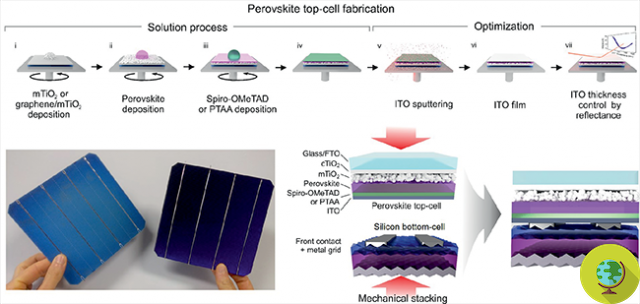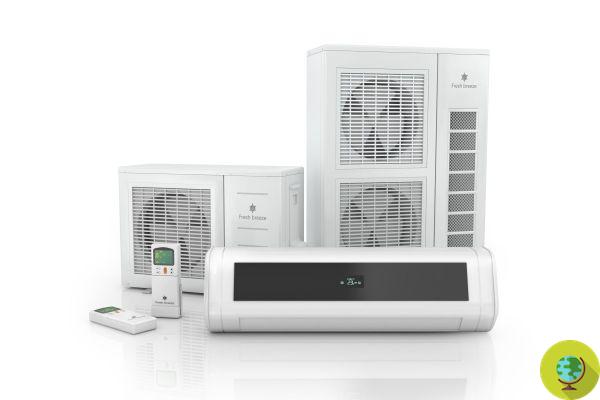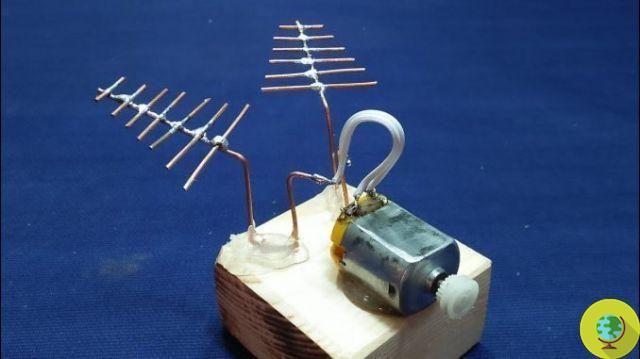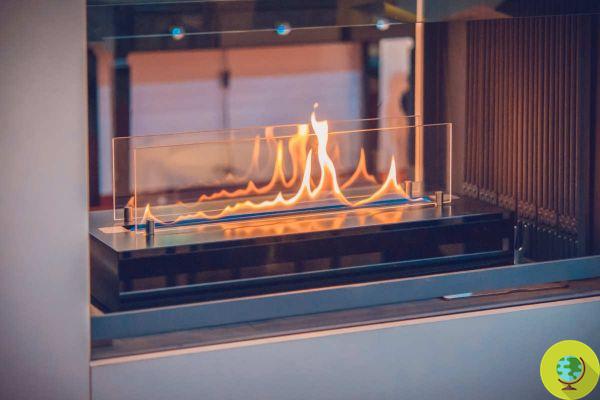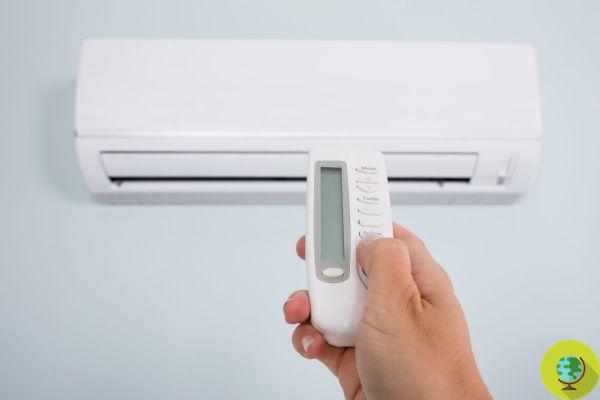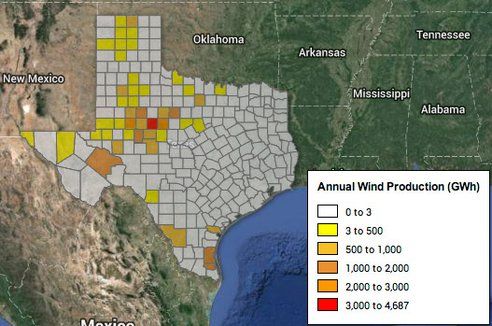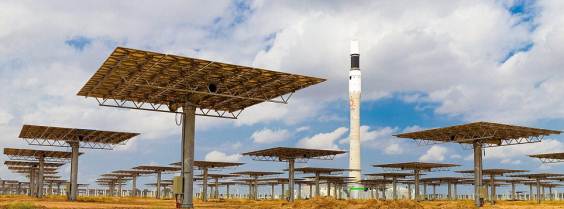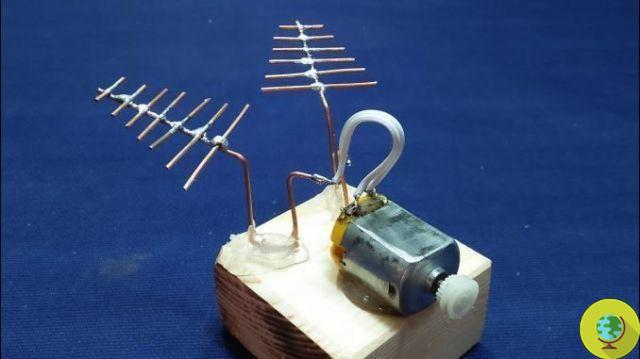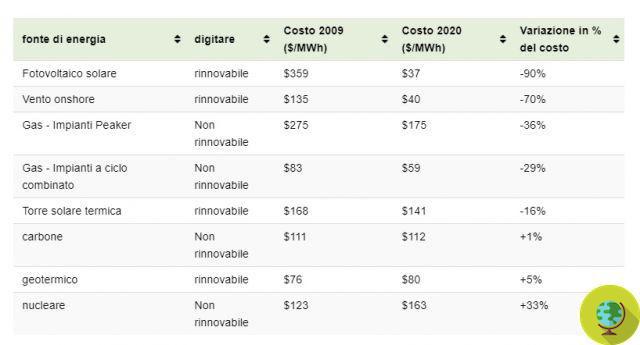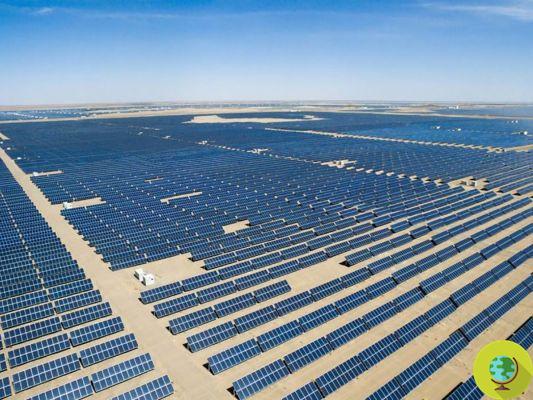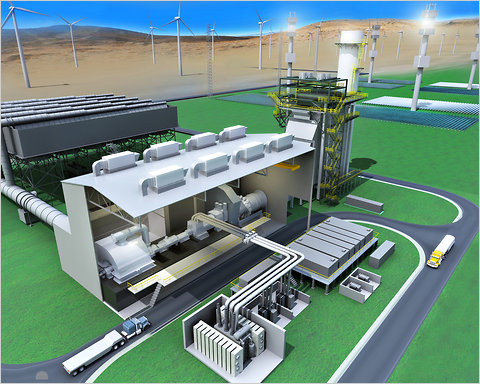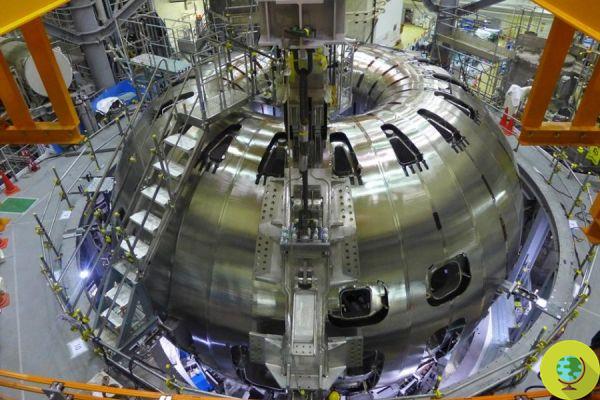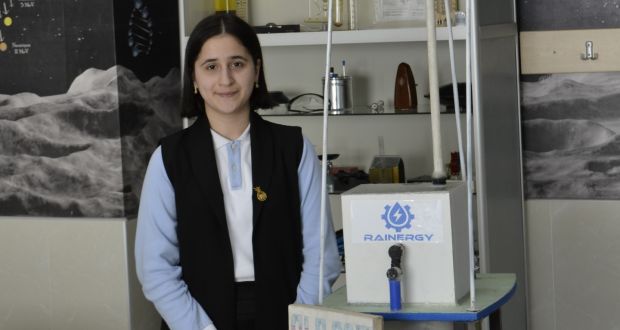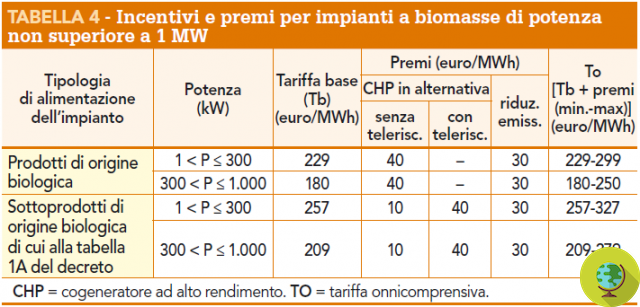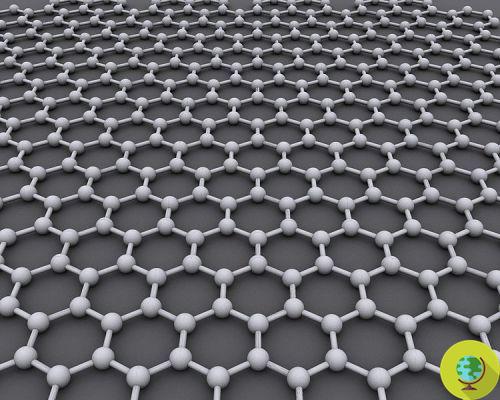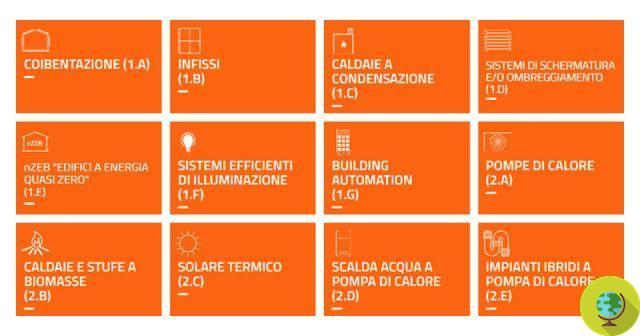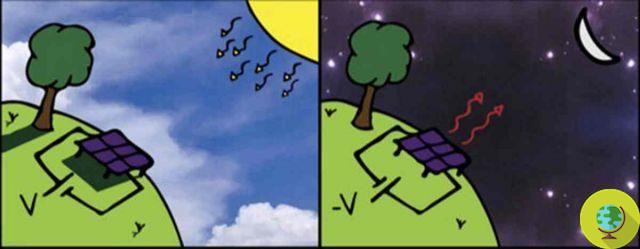
There are those who want to obtain energy from sea currents, those from kites, those from cow farts and those from the streets. Following this last trend, after the Solar Rodways by engineer Scott Brusow that we had already talked about, are the researchers of the University of Rhode Island (URI), led by professor of civil and environmental engineering K. Wayne Lee. Which, he said: We have miles and miles of asphalt all over the country that absorbs a great deal of heat in the summer, heating the roads to 140 degrees or more.
He is about to end up run over, his mother saves him
There are thoseenergia he wants to get it from sea currents, who do you give kites, who you give farts of cows and who you give roads. Following this last trend, after Solar Rodways dell 'engineer Scott Brusow that we had already told you about, are the researchers ofUniversity of Rhode Island (URI), led by the professor of civil and environmental engineering K. Wayne Lee. Which, he did know: we have miles and miles of asphalt across the country that in summer it absorbs a large amount of heat, heating the streets to 140 degrees or more.
Following this simple insight, the team of researchers then studied methods for recover heat and energy from the streets, formulating not one, but four different proposals.
La prima is to install gods solar panels of the latest generation on the so-called Jersey barriers (those large concrete blocks that divide the carriageways), in order to provide the energy necessary for lighting the streets themselves. In this regard, Lee stressed that this is "a feasible proposal today, because the technologies already exist". And he added that a pilot project is being tested for i lanterns at Bliss Halthere, just off the Rhode Island Campus.
A second source of energy, indeed, of heat, could provide it with coils of pipes to be placed just under the asphalt. This way you would get two benefits: the first, stop salt the streets every time it snows, since the hot water inside the coils (pumped on purpose) could heat the asphalt thus avoiding any formation of ice. Also (in summer): use the water from the coils made boiling by the sun for heat the buildings around, by regulating the temperature of homes better - argues Lee - than a system a geothermal.
La third proposal of the research group of the University of Rhode Island is to generate modest quantities of current by exploiting the different temperatures between, for example, the asphalt (warmer) and the surrounding fields (colder). Thanks to a thermo-electric circuit in fact, the "hot" and "cold spots" could be connected together, thus creating a difference in potential sufficient, in theory, to melt the ice on the roadway.
Fourth and final proposal is somewhat reminiscent of Scott Brusow's: replace the asphalt of highways with electronic blocks composed of a mix of LED lights, sensors e Photovoltaic cells. In this way we could not only create energy, but at the same time illuminate the road and heat it in case of snow. In short: kill three birds with one stone.
On the effective feasibility of the proposals, Professor Lee takes it with philosophy: this type of so advanced technologies will undoubtedly take some time to be accepted by the transport industry; however, we have been using asphalt for more than a hundred years, and the time for a change will come soon.
Of course, he is not the only one who wishes it.
Roberto Zambon




